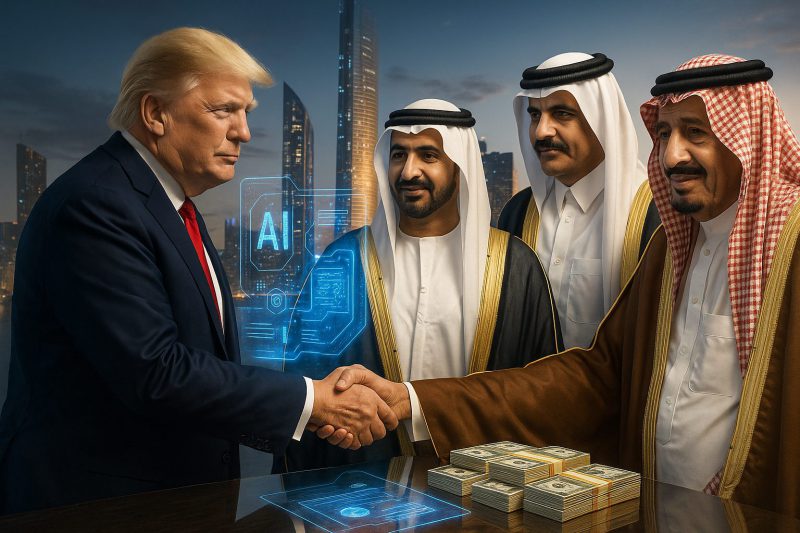Trump Gulf AI deals have emerged as a major breakthrough during the former president’s recent Middle East tour. In negotiations that are worth well over $1 trillion with Saudi Arabia, UAE, and also Qatar, these agreements are strengthening United States Dollar stability while expanding artificial intelligence collaboration across the region, and at the same time creating new opportunities for tech giants.
Also Read: Ripple Wins Court Victory as SEC Deal Collapses XRP Case Remains in Legal Limbo
How Trump’s Gulf AI Deals Power Technology, Defense & Dollar Stability Across Saudi Arabia
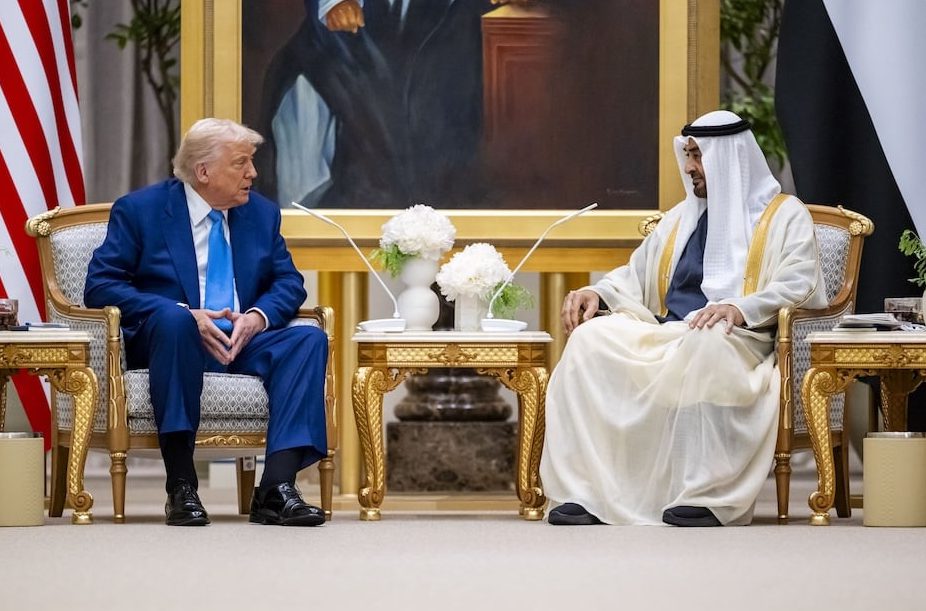

UAE Building Massive AI Campus
The centerpiece of these Trump Gulf AI deals is, right now, a planned 10-square-mile artificial intelligence campus in Abu Dhabi with about 5 gigawatts of power capacity, such as what you might see in advanced technology centers. Abu Dhabi state-backed firm G42 will build this facility, with construction expected to begin in the coming months.
Rand Corporation analyst Lennart Heim stated: “That’s bigger than all other major AI infrastructure announcements we’ve seen so far.”
Under the new technology investments agreement, the Trump administration has, at this point, scrapped previous chip export controls that had limited UAE’s access to advanced AI technology, which is a significant shift in policy direction.
American Management of Technology Centers
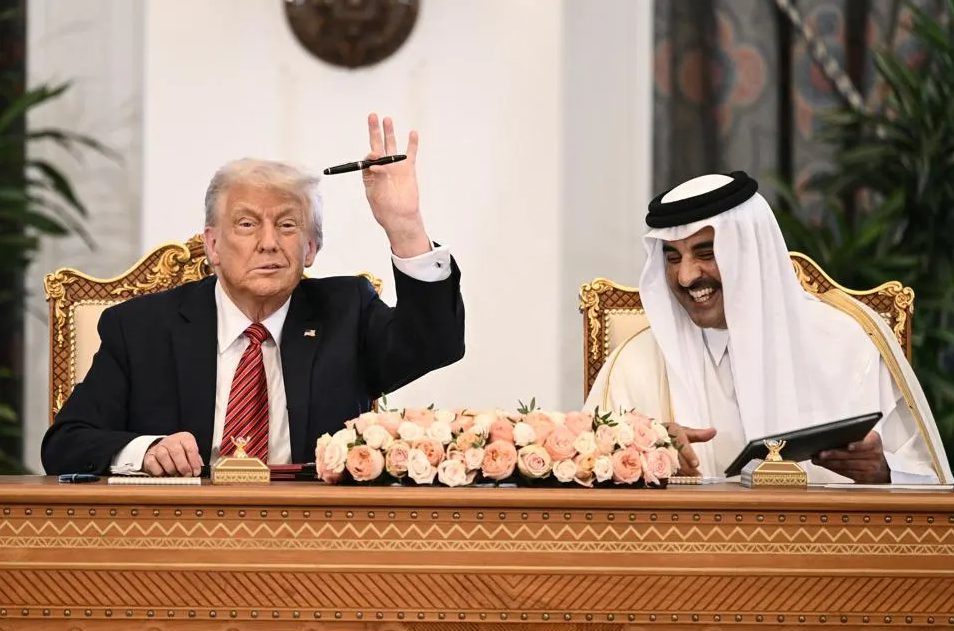

While the UAE is investing heavily in artificial intelligence, the agreements also include provisions keeping operations under American control, and ensuring security protocols are followed.
U.S. Secretary of Commerce Howard Lutnick said: “American companies will operate the data centers and offer American-managed cloud services throughout the region.”
Also Read: Dogecoin Could Hit $1 As Early As September 2025, Here’s How
Strategic Balance Between US and China
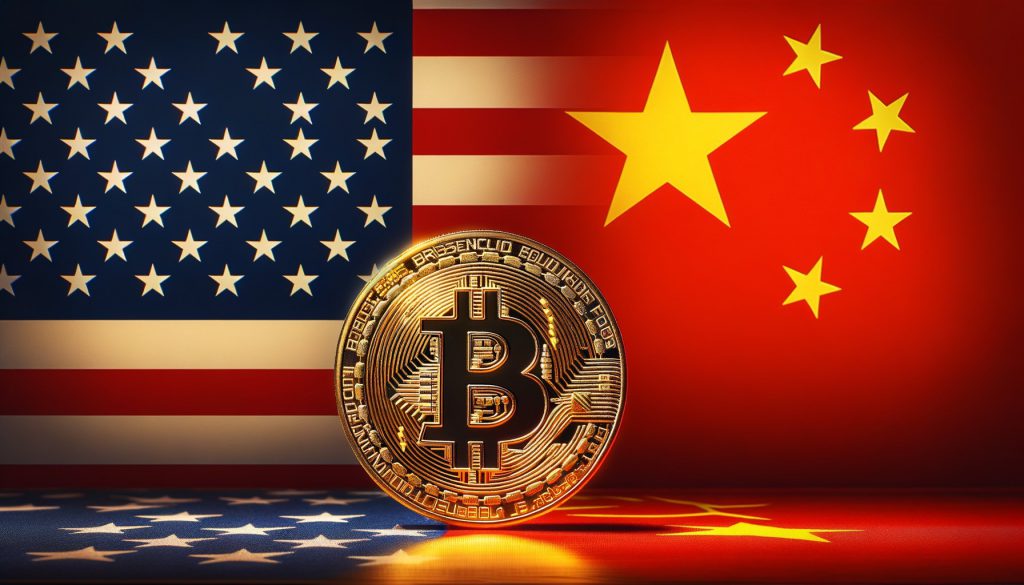

These Trump Gulf AI deals represent, for the most part, a significant shift in regional technology strategy across Saudi Arabia and neighboring states, as well as a rebalancing of international partnerships. It could also bolster the process of re-dollarization.
Mohammed Soliman, senior fellow at the Middle East Institute, explained: “This shift enables the UAE to deepen its technology partnership with the U.S. while still preserving trade ties with China. It doesn’t mean abandoning China but it does mean recalibrating tech strategy to align with U.S. standards and protocols where it matters most: compute, cloud, and chip supply chains.”
United States Dollar Reinforcement
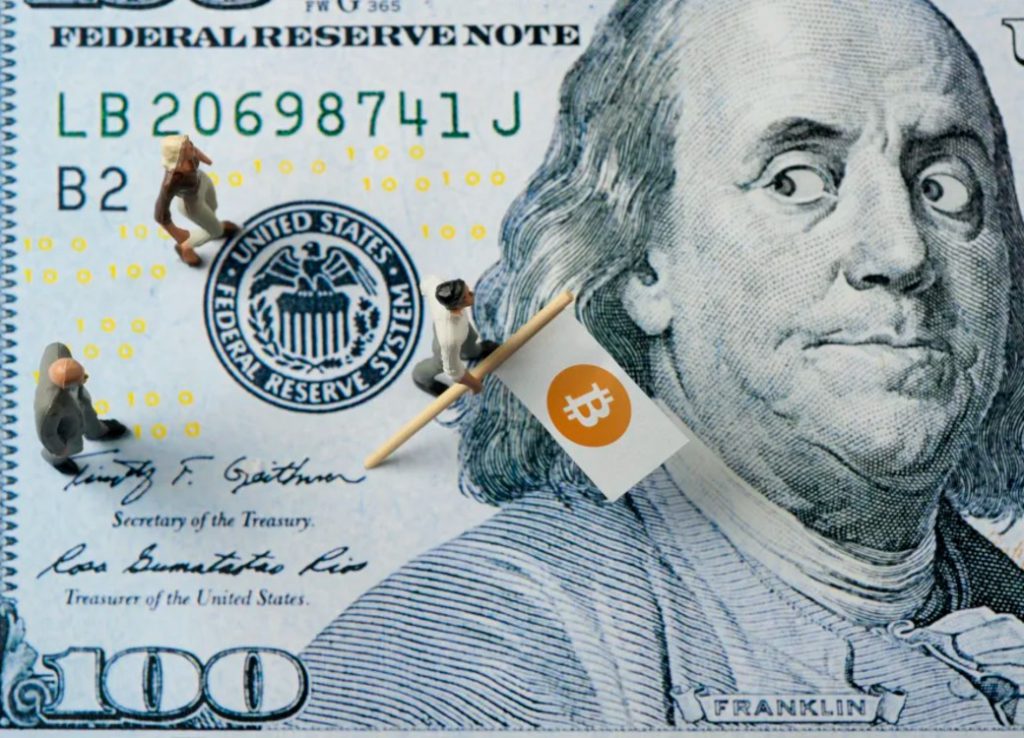

The agreements explicitly strengthen the United States Dollar as the primary currency for these technology investments, and this is countering concerns about dedollarisation in Middle Eastern economies that have been discussed in recent years. Re-dollarization seems possible right now.
Also Read: South American Nation Could Join BRICS During 2025 Summit
The White House official statement noted: “The agreement also contains historic commitments by the UAE to further align their national security regulations with the United States, including strong protections to prevent the diversion of U.S.-origin technology.”
These landmark Trump Gulf AI deals mark, at the time of writing, a new chapter in Gulf-American relations, with artificial intelligence now central to what was previously an energy and defense-focused partnership, and such developments could reshape the technological landscape in the region for decades to come.





